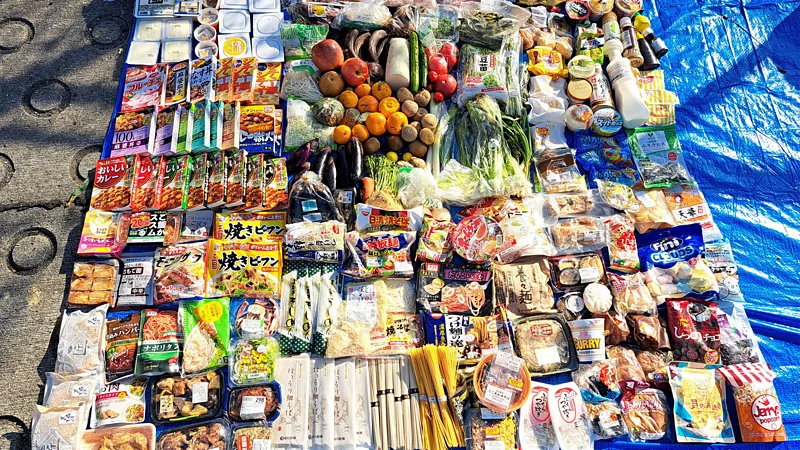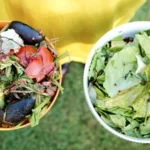Koichi Takahashi recognized as a young child that he wanted to safeguard the environment. His vision was to create a society in the future that would recycle and regenerate itself in order to live in harmony with the natural world. As he grew older, Takahashi realized he could concentrate his efforts on changing a single, tiny area of the world, even though he knew he couldn’t change the entire world by himself.
Takahashi chose pig farms as his unusual subject matter for his life’s work. In particular, he established the Japan Food Ecology Center, a business that finds a win-win solution by it.
He explains, “I intended to create a prototype idea for the circular economy. “Instead of relying on imports for feed, we can make effective use of local food waste.”
Japan’s rugged topography and tiny size make it difficult for the country to be self-sufficient in food. Roughly two-thirds of the nation’s food and three-quarters of its feed for cattle are imported. However, Japan discards 28.4 million tonnes of food annually, a large portion of which is edible.
Both financial and environmental costs are high with this. Because food is imported to such an extent, people in Japan pay more for food than in many other countries. Additionally, they pay taxes that make up the majority of the 800 billion yen (£4.2 billion or $5.4 billion) that the nation spends annually on burning rubbish.






